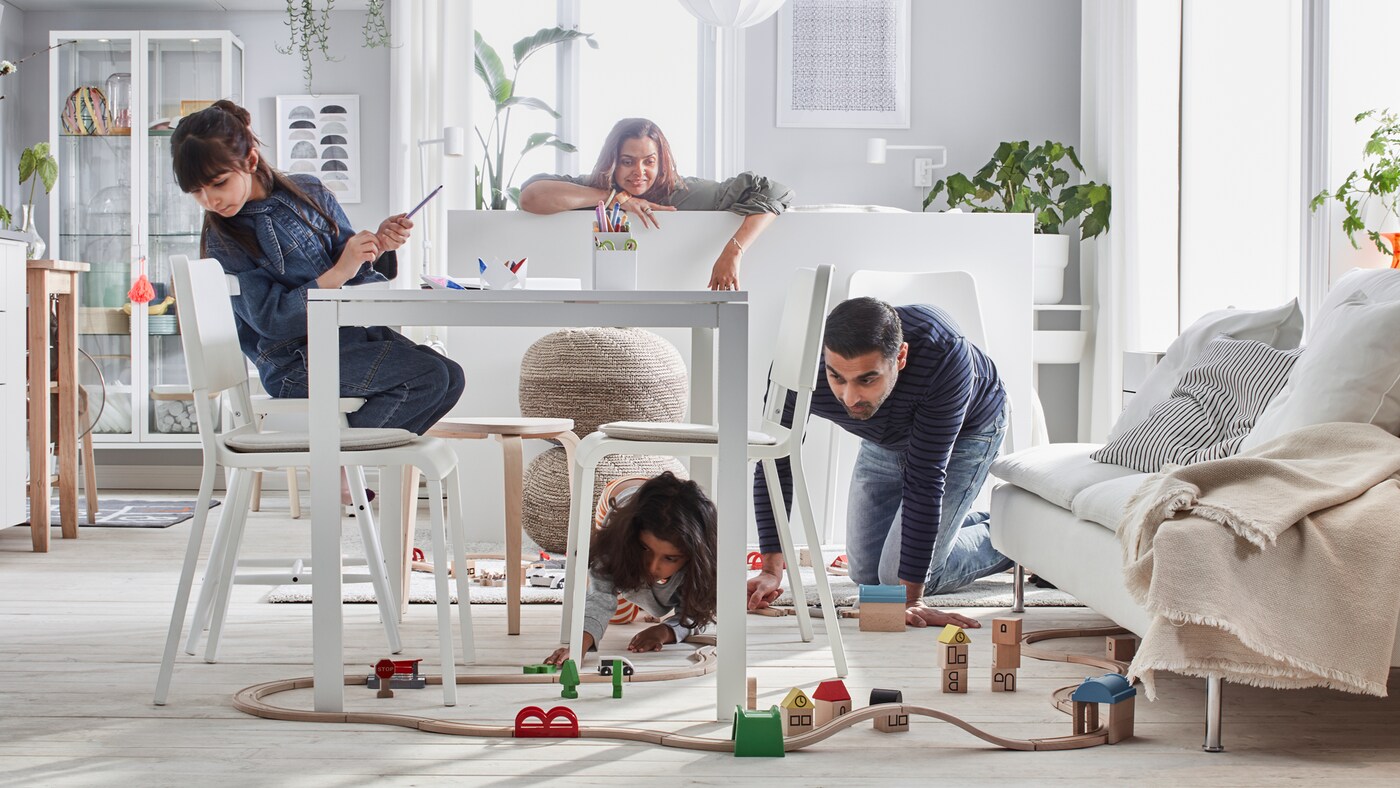A brief history of IKEA
From humble origins to global brand –
IKEA reaches millions of hearts and homes all over the world. And it all began in a small Swedish town in the 1940s, with an enterprising boy who hoped to be able to create a better life for people everywhere.
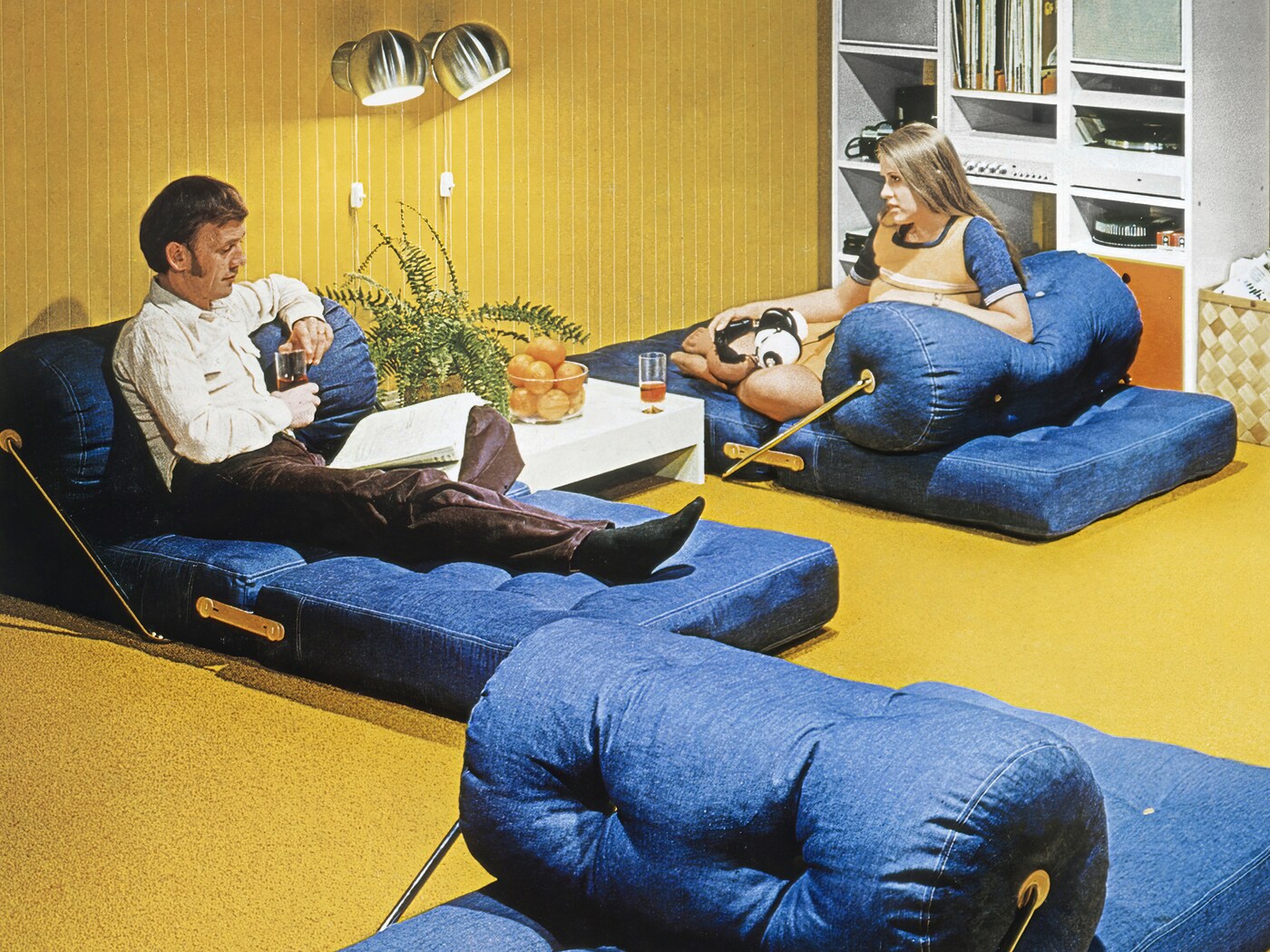

Our roots
Ingvar Kamprad founded IKEA in 1943 at the age of 17, selling goods like pens and wallets. Småland, his home county in Sweden, was heavily forested with stony soil. Hardship bred a tough, resourceful people who were expert at making the most of a little, qualities that have always been at the heart of IKEA.
The IKEA range is born
To reward him for doing well in school, Ingvar’s father gave him a small sum of money which he used to set up a company. In 1948 he starts selling furniture, signalling the start of the IKEA range as we know it.
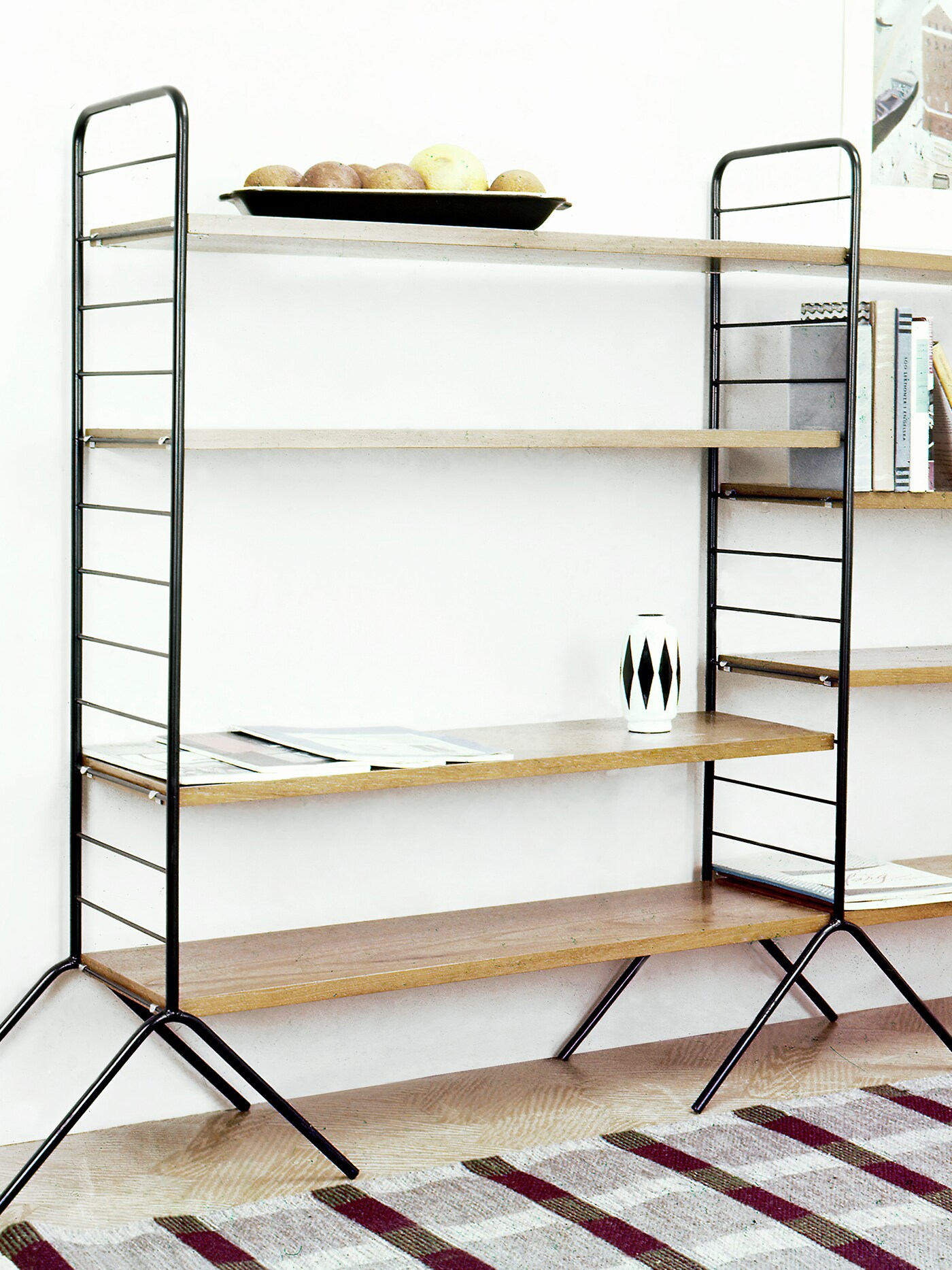
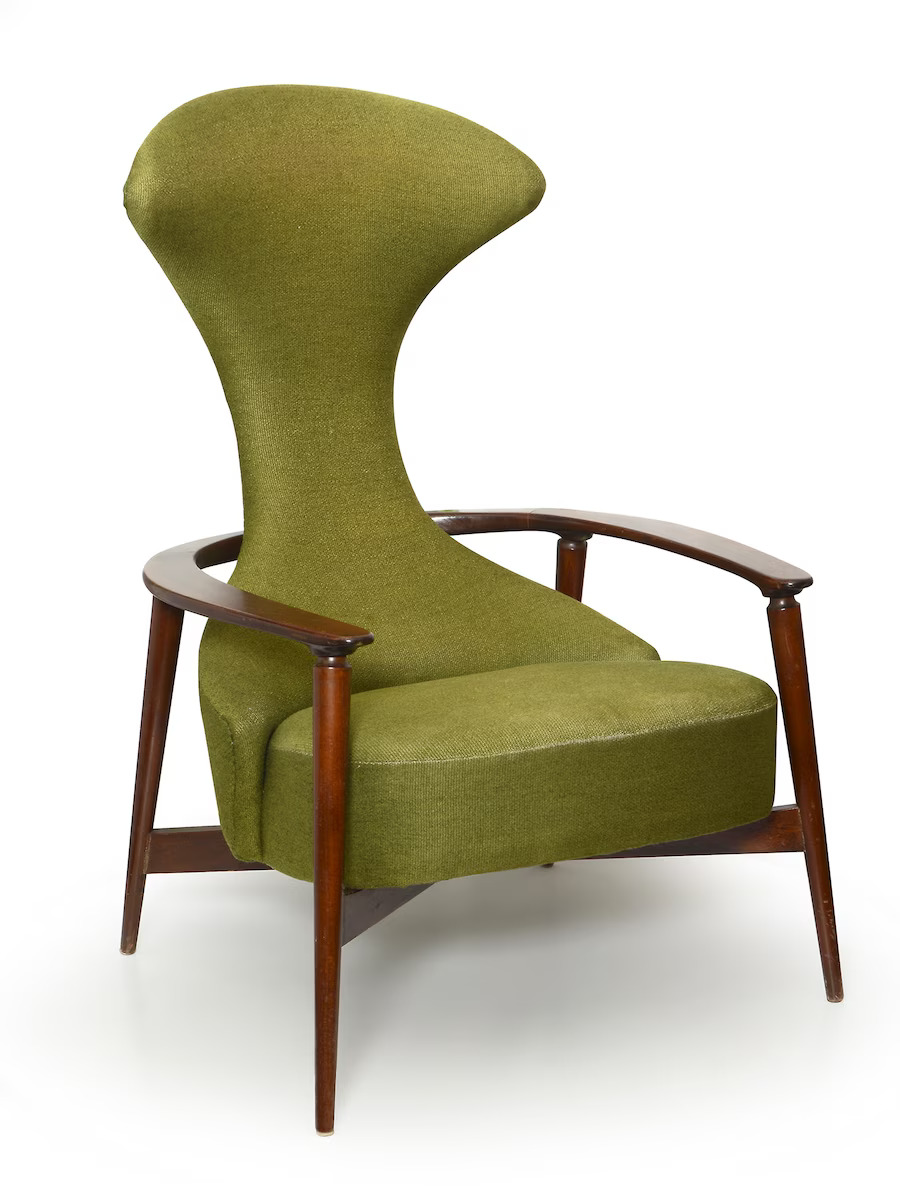

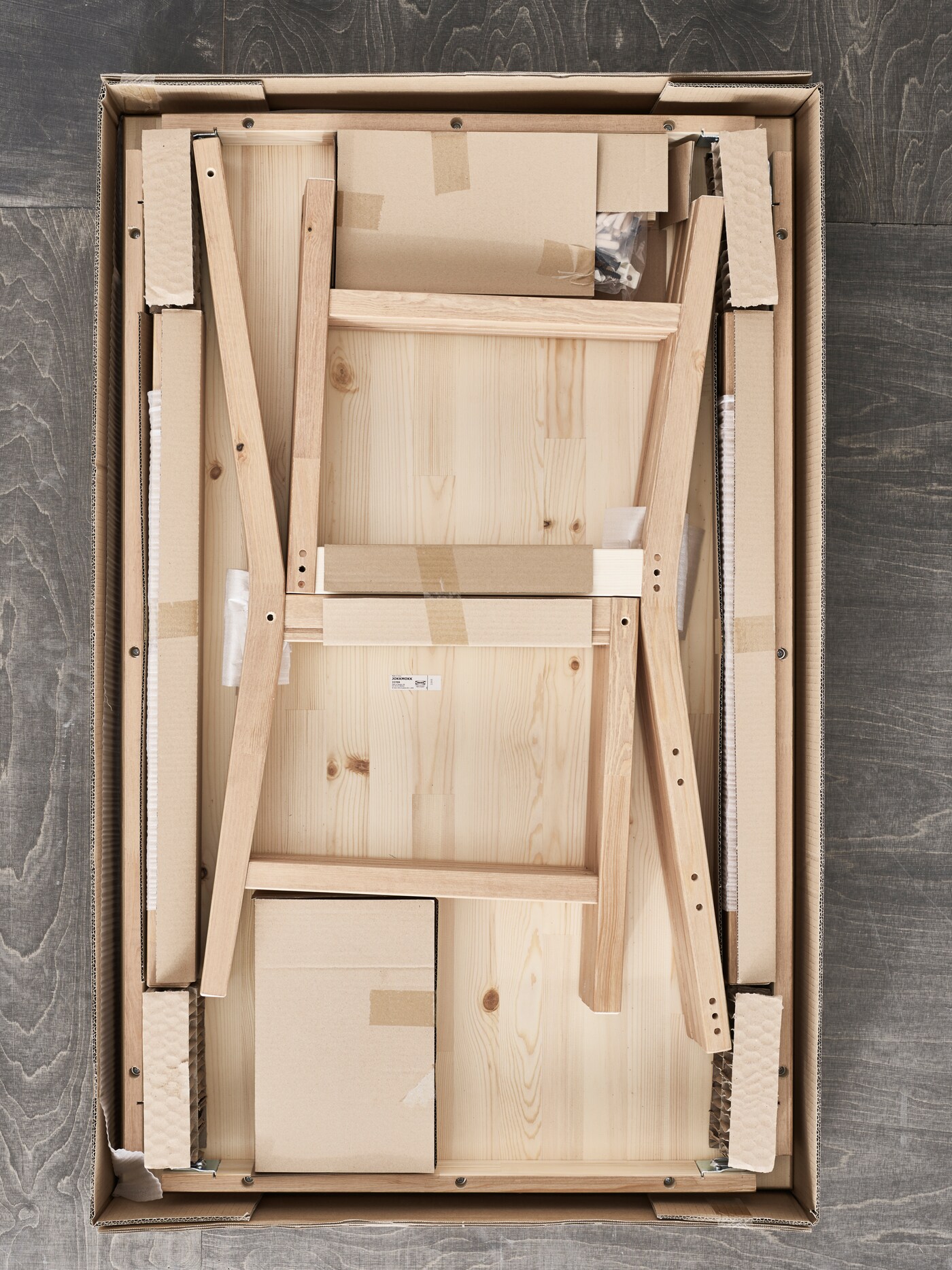
The flatpack revolution beginsHigh costs and damage rates when transporting furniture via mail order were constant thorns in Ingvar’s side. Although flatpack furniture already existed, it hadn’t really taken off in Sweden yet. In 1953, IKEA adopted the flatpack. Self-assembly products proved popular and to be the solution to those costly transportation problems. |
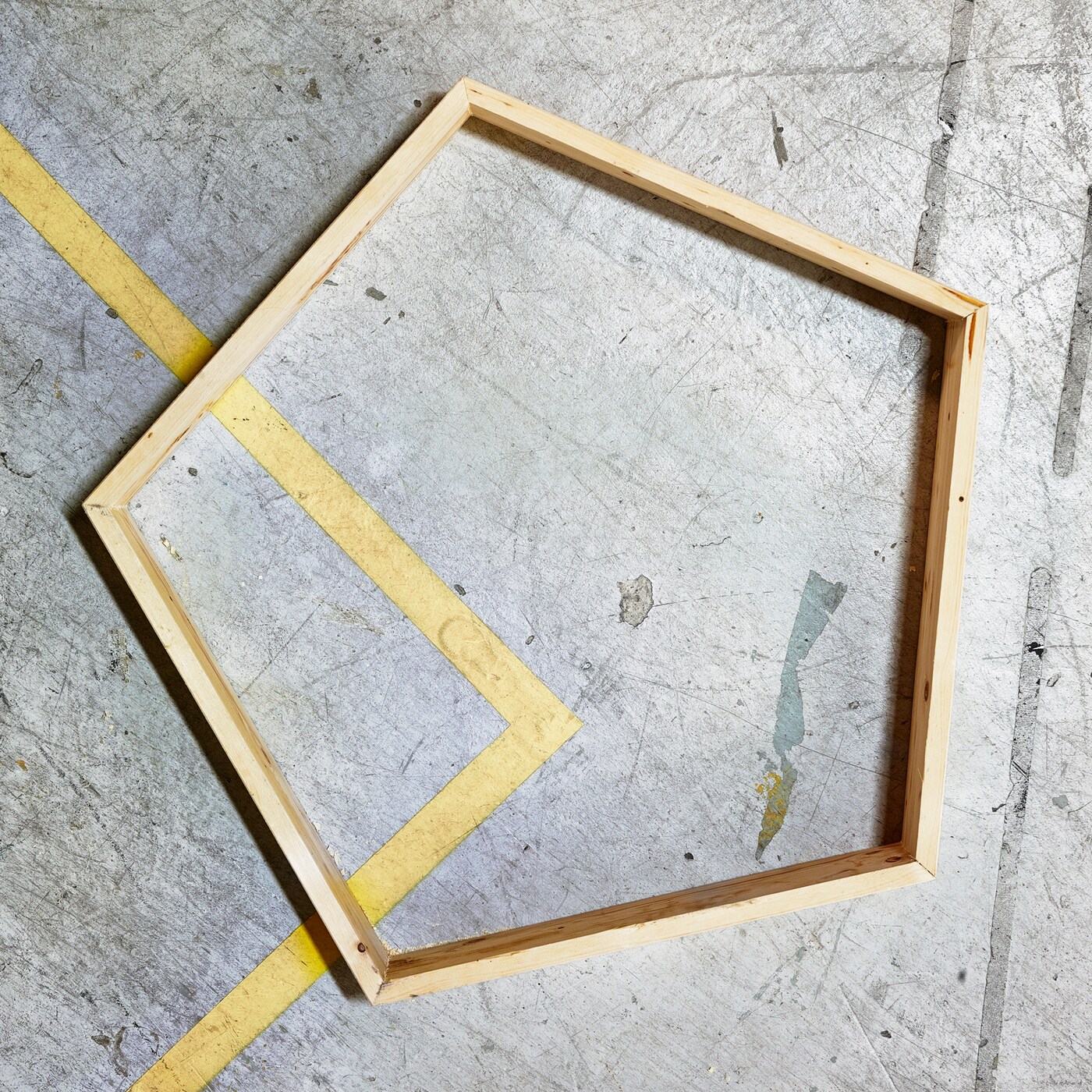
Democratic DesignThe desire to offer products with both a low price and good quality has always been a driving force at IKEA. However, in addition to price and quality, there are three other dimensions that are considered when developing IKEA products: function, form and sustainability. When all five dimensions are in balance, we consider the design of the product to be democratic. The concept of Democratic Design was officially launched at the Milan Furniture Fair in 1995 and ever since it has been the tool we use when developing and evaluating products. |
Well-fed customers are happy customers
In June 1960, only coffee and cold dishes were offered in IKEA stores. By the end of the year, the IKEA restaurant kitchen was fully equipped, including a microwave oven – a novelty at the time. Everything from hot snacks such as hamburgers to á la carte dishes were served. The idea comes from something Ingvar observed: people left the store at lunchtime to eat in one of the restaurants or street kitchens in Älmhult. This interrupted the whole buying process. He realised that hungry customers buy less. Or as we often say, it’s tough to do business on an empty stomach.
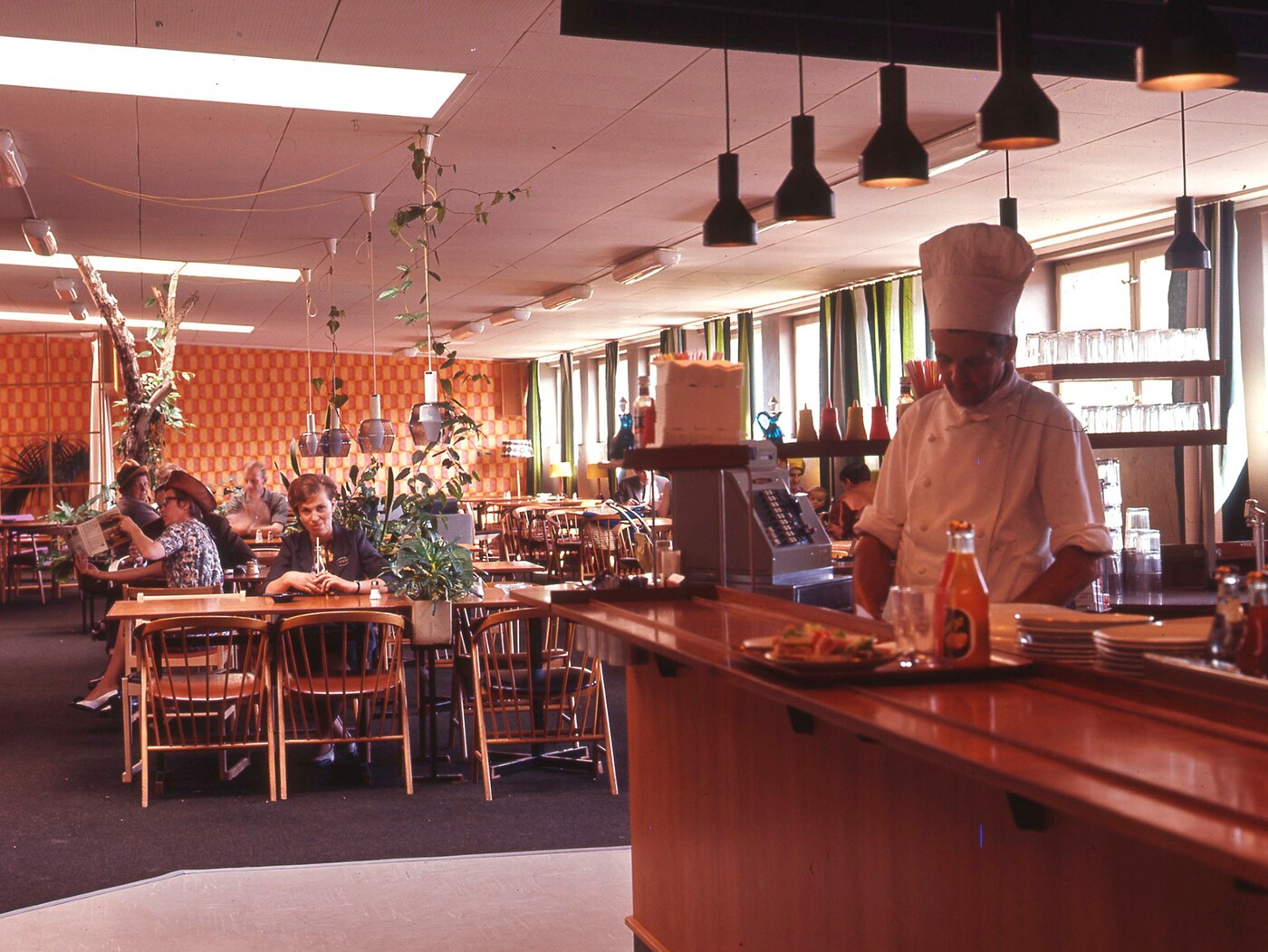
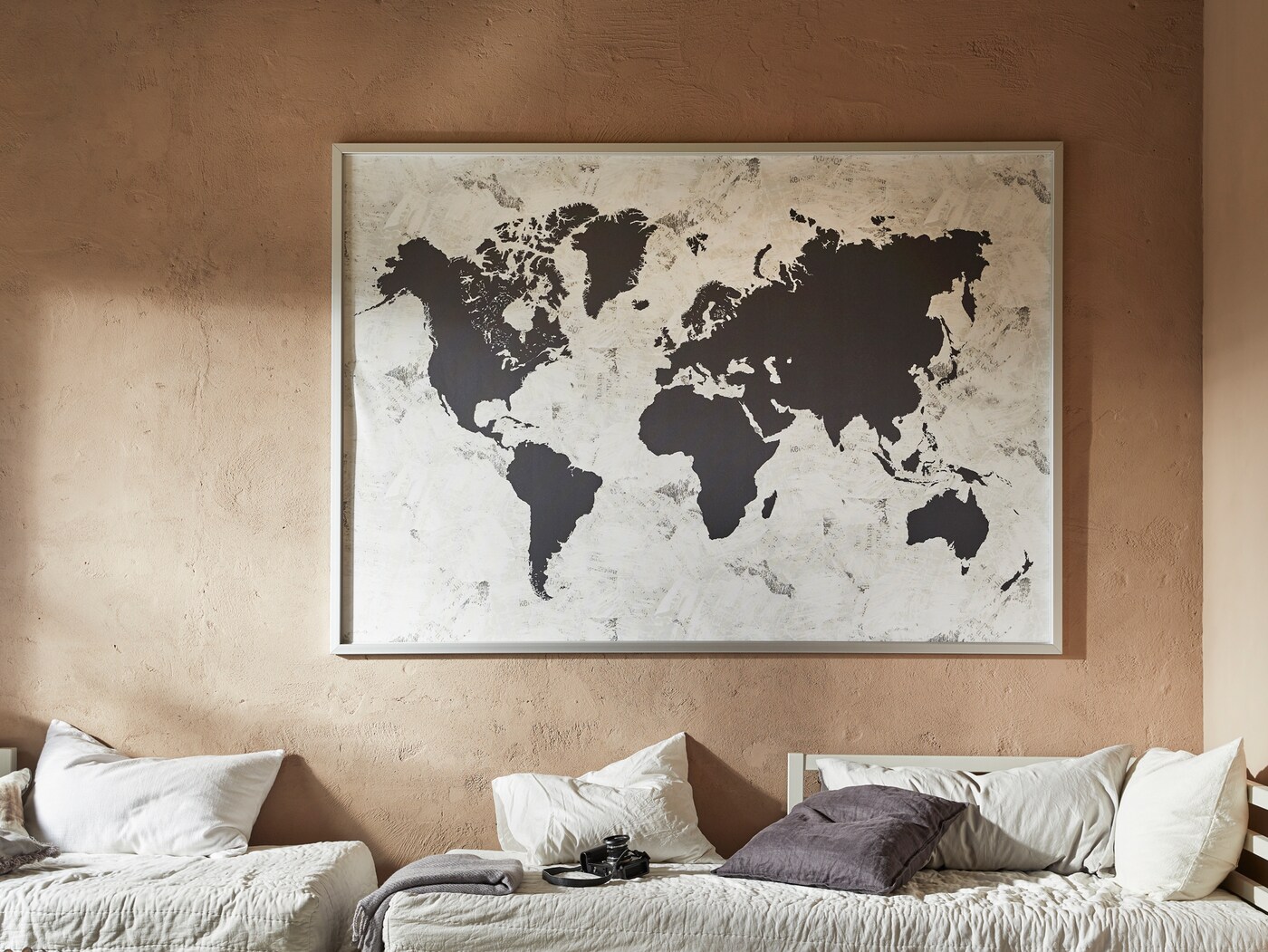
IKEA expands and restructures
1950 – 1959: IKEA expanded operations in Sweden.
1960 – 1969: Stores opened in Denmark and Norway.
1970s: The expansion continued in countries outside of Scandinavia including Australia, Austria, Canada, Germany, Hong Kong, Japan, Kuwait, Netherlands, Singapore and Switzerland.
Early 1980s: Ingvar Kamprad looked for an ownership structure that would ensure total independence and a long-term business perspective. He described this as trying to give the IKEA brand “eternal life”. His solution was to separate the ownership of the retail operation from the IKEA concept and the IKEA brand to keep these separate roles in independent business groups, operating under a franchise system.
Why is IKEA called IKEA?
IKEA is named after the initials of founder Ingvar Kamprad, Elmtaryd, the farm on which he grew up, and Agunnaryd, the nearby village. Before the most recent update in 2018, the logo had not been revamped since the 1980s. The latest changes were intended to improve legibility, and ensure consistent recognition and colour reproduction in the digital age. Nowadays, the same logo has to work just as well on a mobile screen as on a storefront or paper bag.
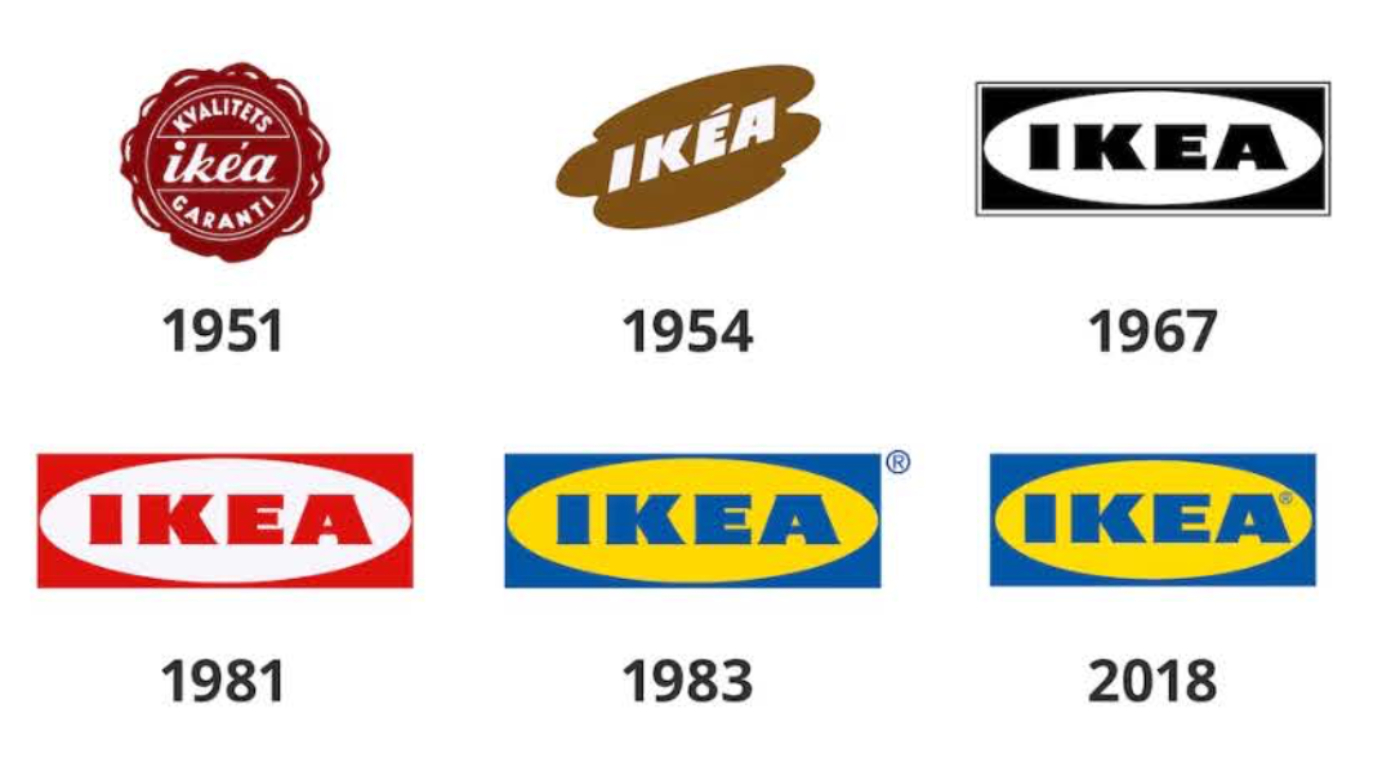
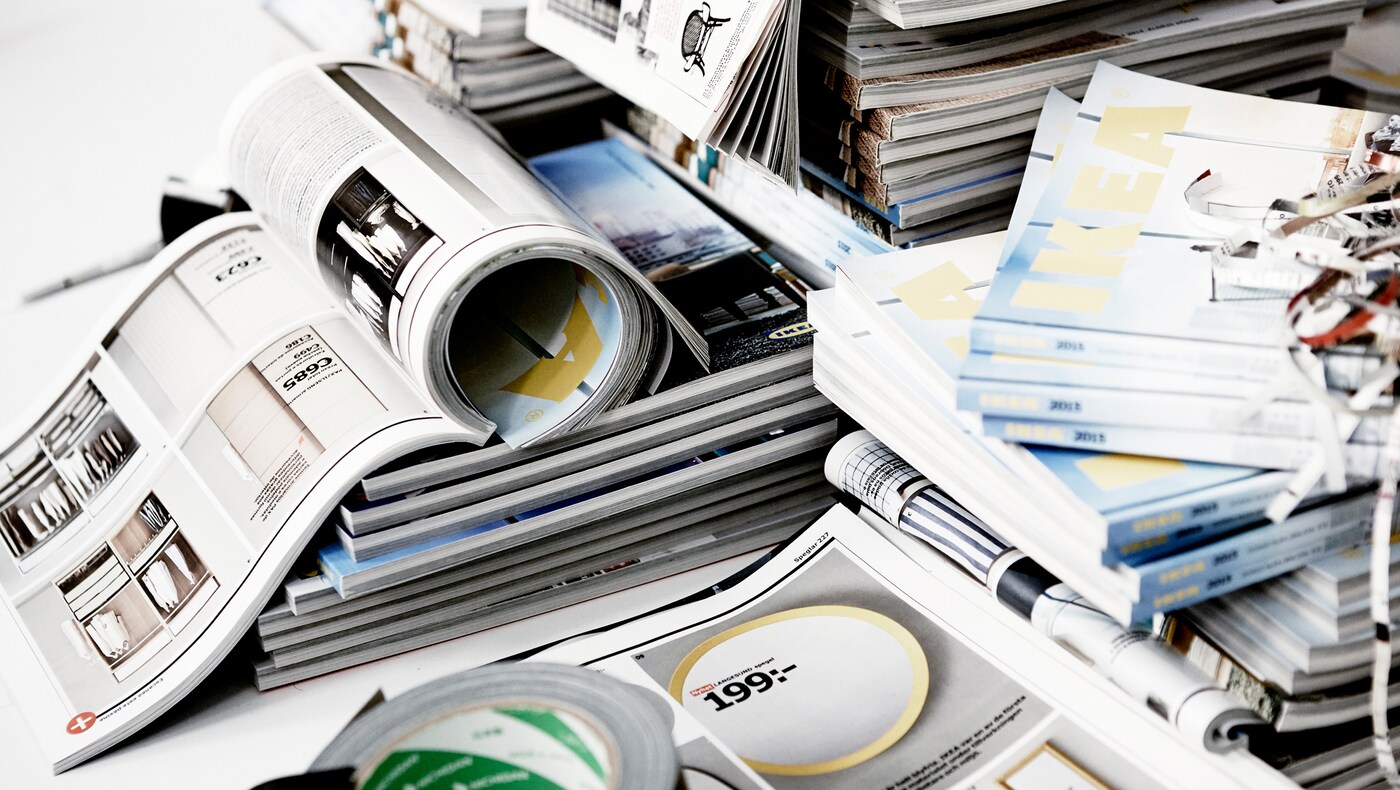
The iconic IKEA CatalogueIn 1950, the first annual IKEA home furnishing catalogue was published in Sweden. It would go on to be the flagship of IKEA marketing material until 2021, when the last printed version rolled off the presses. |

